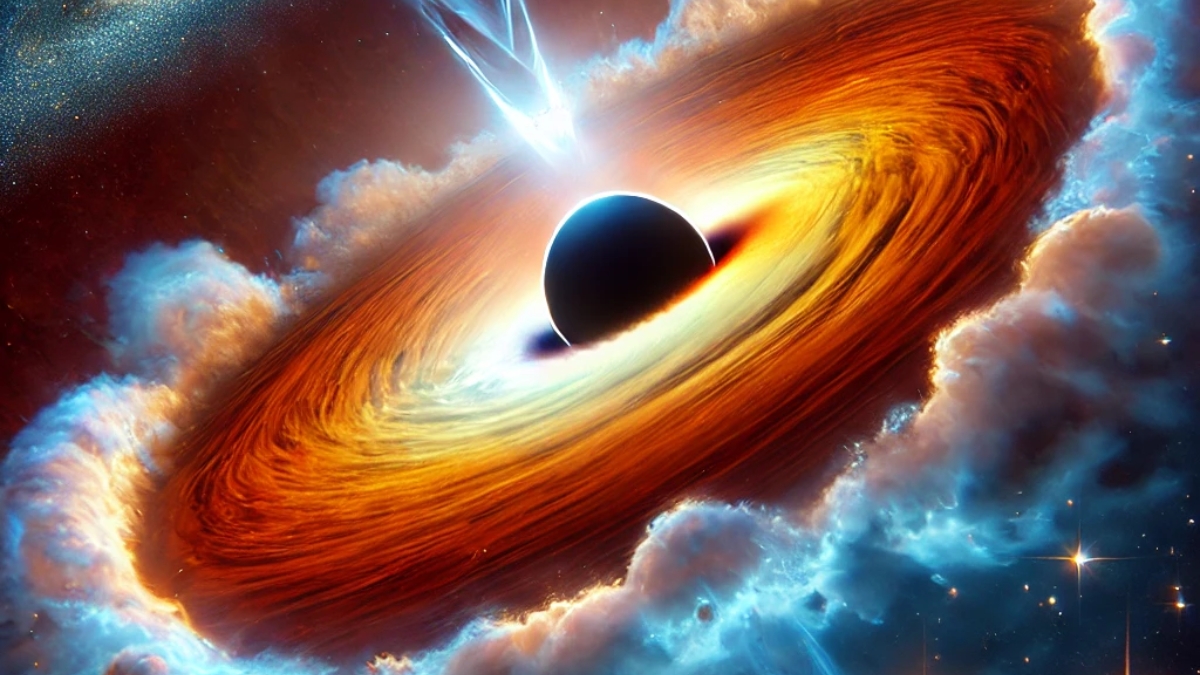Our Galaxy’s Supermassive Black Hole Is Emitting Flares, Astronomers Observe

For years, scientists have been studying Sagittarius A* (Sgr A*), the supermassive black hole at the center of our galaxy. It has been known to produce huge flares that can release energy equivalent to 10 times the Sun’s yearly output. However, one key part of these flares has remained a mystery – what they look like in the mid-infrared range.
As Universe Today reports, Researchers at Harvard’s Center for Astrophysics and the Max Planck Institute for Radio Astronomy have recently filled in that missing piece. For the first time, they have captured an image of a flare from Sgr A* in mid-infrared wavelengths using the James Webb Space Telescope (JWST).
Before JWST, astronomers tried to observe the black hole in the infrared range, but the light from the flare was too weak compared to other sources, and the surrounding dust cloud blocked much of the signal. The Earth’s atmosphere also interfered with ground-based observations. With JWST, scientists could finally capture a clear view from space.
While the flare was spotted with JWST, the researchers didn’t stop there. They also looked at data from other telescopes to confirm the observation. They didn’t find much in the X-ray range, possibly because the flare wasn’t strong enough in that band.
However, they did see radio signals from the Sub-Millimeter Array in Hawai’i, which followed the mid-infrared signal by about 10 minutes. This confirmation was important for supporting the theory behind these flares.
Current models suggest that these flares happen when magnetic field lines in the black hole’s accretion disk reconnect, creating powerful radiation in a process known as synchrotron emission. This involves electrons getting accelerated along magnetic field lines, producing intense bursts of energy.
The new data from JWST supports this theory. However, there are still questions about whether this flare behavior is unique to Sgr A* or if it can be seen in other supermassive black holes, like M87*. As interest grows, it’s likely we’ll learn more about this phenomenon in the future.
Have something to add? Let us know in the comments below!
